Potting substrate: The best substrate for planting
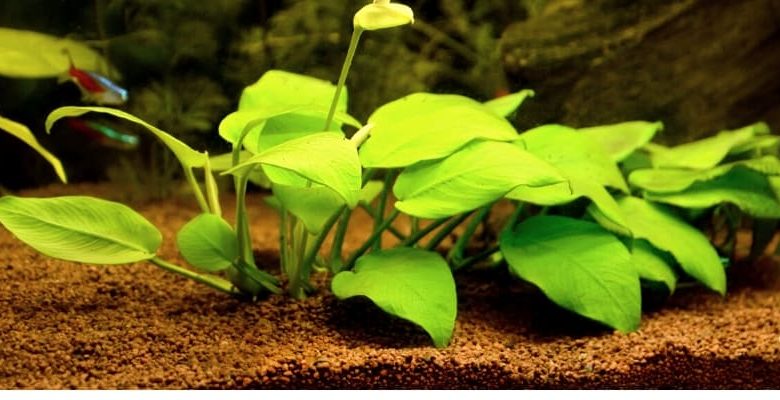
Very good to all Agrohuerters. Today we are going to see what substrate for pots is the most suitable for having our plants at home. Without costing us a fortune and without leaving the neighborhood. As you know, I’ve been doing a series for our YouTube channel for a while that deals with how to create a flowerpot at home. We have already seen what is the best location for a flowerpot and how to choose the materials to start growing in pots, so today it is time to see what substrates for pots we are going to fill these pots with and thus start planting.
Types of potting soils
Before starting to plant in pots, it is necessary to look for a suitable potting substrate, this substrate must contain, as far as possible, sufficient nutrients to be able to reuse it in future plantations and in an adequate concentration so that our plants can grow without much effort..
In the world of horticulture there is an incredible variety of very efficient and good ecological substrates. Worm humus, coconut fiber, perlite or compost are materials that combined with universal substrate, in different proportions, give great results to the most professional horticulturists. But unfortunately these materials are not common in cities and to get them it is necessary to go to large shopping centers or to the outskirts of cities…
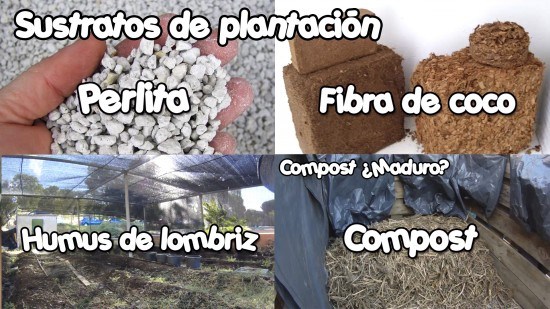
As my goal with this series of videos is to encourage everyone to plant at home, I have decided to bring you some less efficient and ecological substrates for pots, but equally valid for planting tomatoes or lettuce at home, which is more than enough to begin with.
Substrates for planting in pots: examples
I am going to refer to these generic substrates as potting substrate A and B, I have chosen them basically with your comfort in mind since both are easy to find within your usual radius of movement.
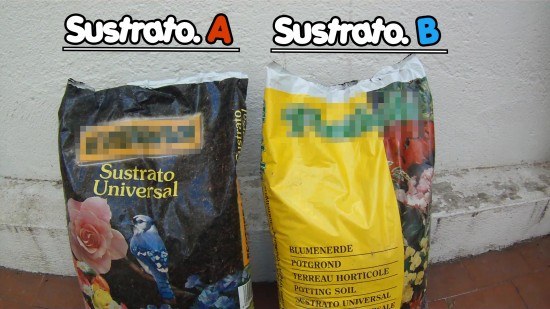
Potting soil A
The substrate for pots A, you can easily find it in stores for €1, frankly it is a bad substrate but it is very cheap, about 10L will cost you €1.5, and it is very easy to find because in all stores of this type they have these sacks. In addition, this substrate has the drawback that it is not usually well disinfected, and inside it can harbor eggs of insects that are harmful to our plants, such as whiteflies or leaf miners.
Potting soil B
Substrate for pots B, is a universal peat-based substrate, somewhat more specific than A, you can find it in nurseries or in some commercial area not far away. come on, you don’t have it next to your house but it is easy to find.
Its price is somewhat more expensive but affordable, about €7 for 10L, enough to fill a pot of about 30 cm in diameter if you crumble it well so that it increases its volume inside the pot. This substrate is usually completely disinfected and does not seem to trigger pest problems in the orchard.
Composition of potting soils
Of course, now you will tell me why you say that potting soil A is bad… Well, basically because of its texture and composition, let’s look at the back of both bags…
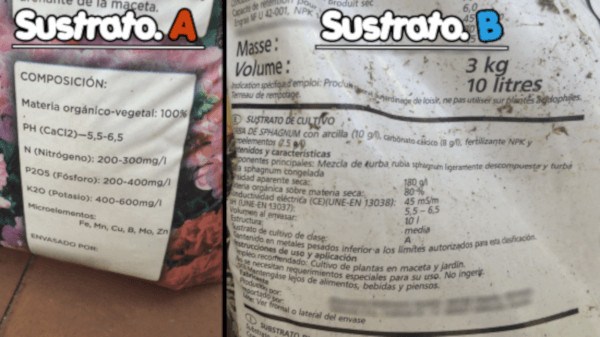
The composition of potting soil A is somewhat misleading, it is practically impossible for something to be 100% organic matter, unless it is a delicious compost or the humus of an earthworm. This can be easily discovered by observing the structure of the compost, the organic matter is dark or brown in color and tends to form aggregates, it binds the matter, if this compost were 100% organic matter it would not have a soot-like appearance and it would not crumble easily between your hands.
Its nutrient concentration is normal for a commercial substrate… Taking into account the conversion factors of NPK fertilizers and the values that they give us in the composition, this substrate for pots has a concentration of nitrogen of 0.1%, phosphorus of 0.13% and 0.2% potassium…
The composition of substrate B is a priori similar to A in NPK concentration (NPK 14:10:18. 1.5Kg/m 3) but it contains calcium carbonate (8 g/l) and is much more complete as basic parameters can be observed in the study of a soil such as its components, its bulk density, electrical conductivity, structure, etc.
How to choose the best substrate
After all this dissertation it seems that Substrate A should go straight into the trash, but it doesn’t. I continue to include it in the flowerpot because of its price and above all because of how easy it is to buy it, but of course you have to know how to use it.
My advice is that you use substrate A only as a base or background to fill your pot, nothing more. This area will only be in contact with the roots when the plant is well developed, so it does not affect normal growth. In addition, we avoid fungus and waterlogging problems by having a layer that retains a little less water and we will save money on the initial outlay of your flowerpot.
You see, if it is that having plants at home are all advantages and you can start now with cheap and easy to get materials. All the best !

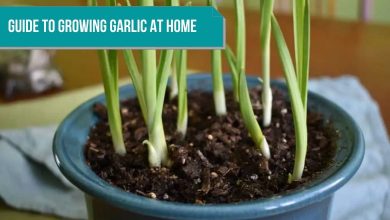
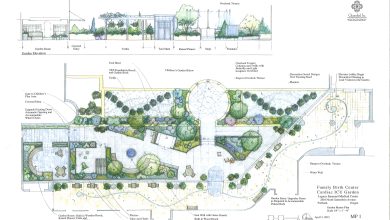
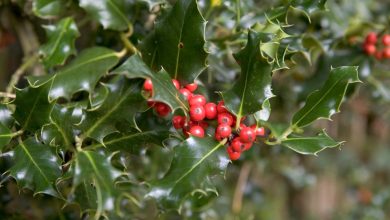
![Photo of Planting Rice in [11 Steps and with Photos]: The Guide You Need](https://www.complete-gardening.com/wp-content/uploads/2022/08/planting-rice-in-11-steps-and-with-photos-the-guide-you-need-390x220.jpg)